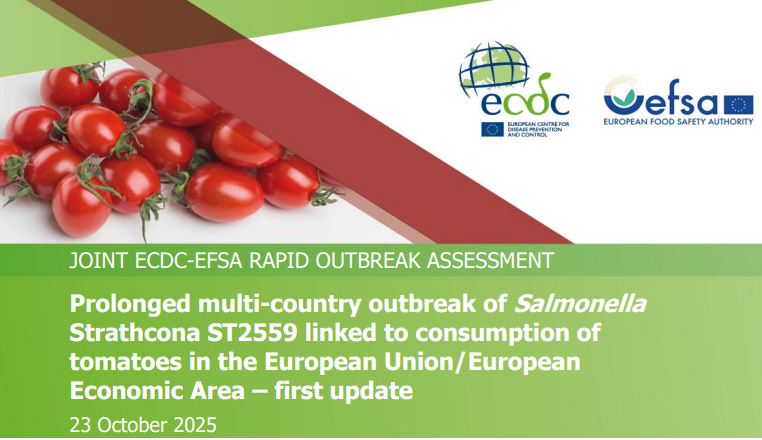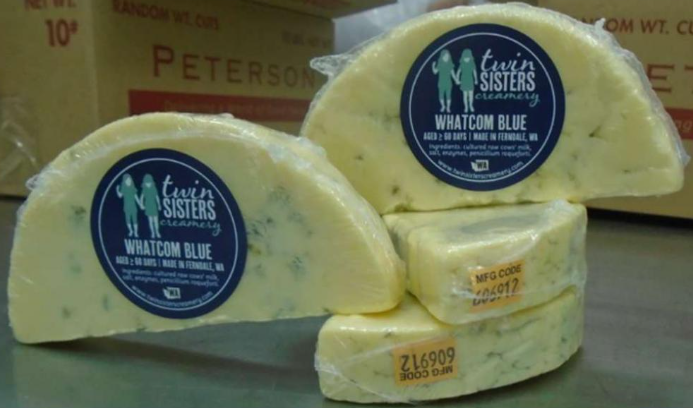The FDA reported that Salinas, CA (October 28, 2025) – Pacific International Marketing (“Pacific”) (Salinas, CA) recalled 474 cases of bulk Italian Parsley because it may be contaminated with Salmonella. The Italian Parsley was shipped to wholesalers in AZ, CA, FL, MN, MI, GA, OH, and NV between September 22 and September 25, 2025. The bulk Parsley was sold in cases of 30 or 60 bunches with a twist tie, and in 24 ct bunches with a twist tie in bags intended for wholesale distribution. The shelf life of Italian Parsley is 18 days from harvest, or October 10, 2025. The company was recently notified that a sample taken on October 6 tested positive for Salmonella. The product should no longer be available directly to consumers unless it is frozen. No illnesses have been reported to date. @ https://www.fda.gov/safety/recalls-market-withdrawals-safety-alerts/pacific-international-marketing-recalls-fresh-italian-parsley-because-possible-health-risk



